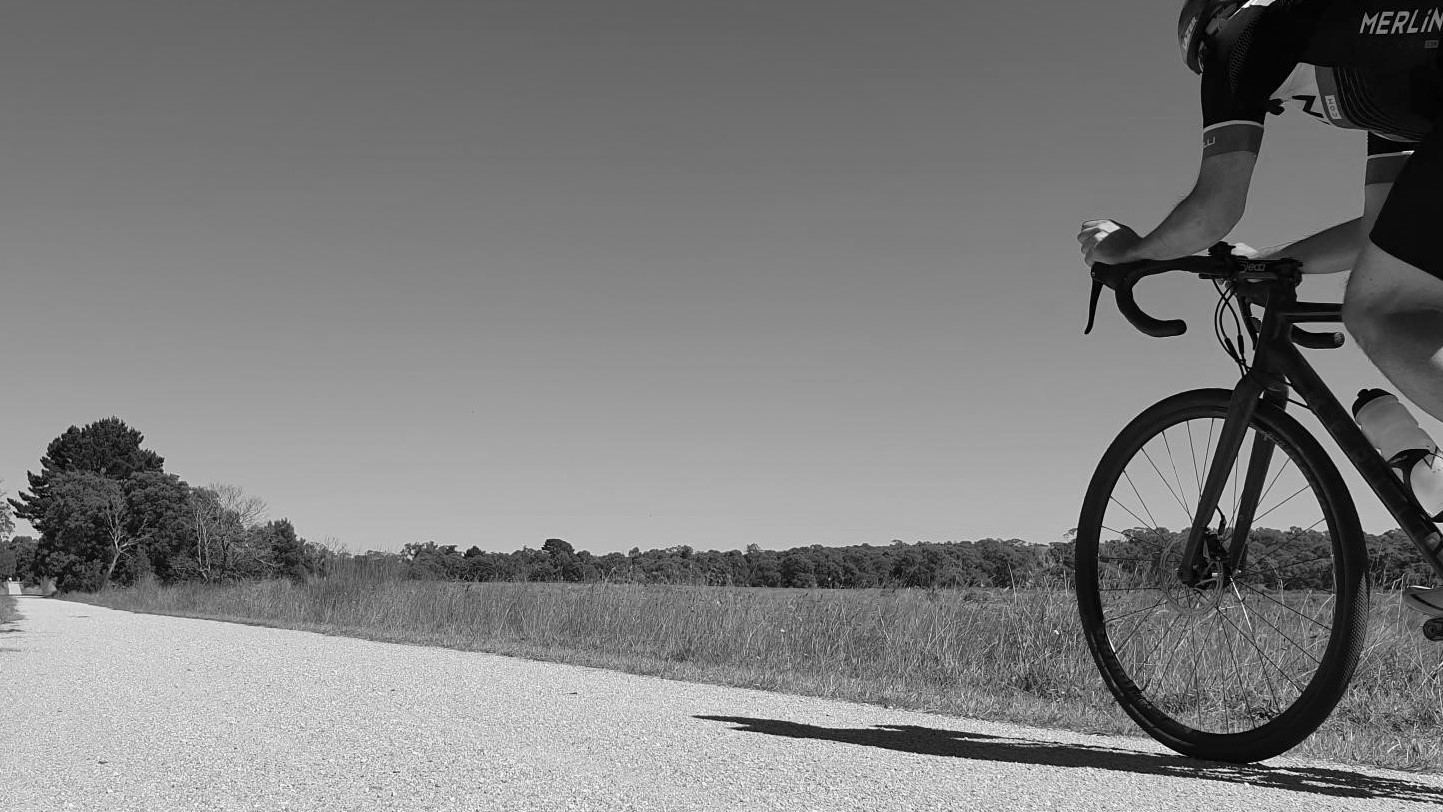Unfortunately, as you are no-doubt aware, bike parts are harder to find and cost more. Sadly, the knock-on affects from Brexit and the Covid 19 Pandemic, aside from the horrendous human cost, looks to be ongoing disruption to global supply chains and a period of relative uncertainty.
So, what can you do to minimise costs and make those parts that wear out last longer?
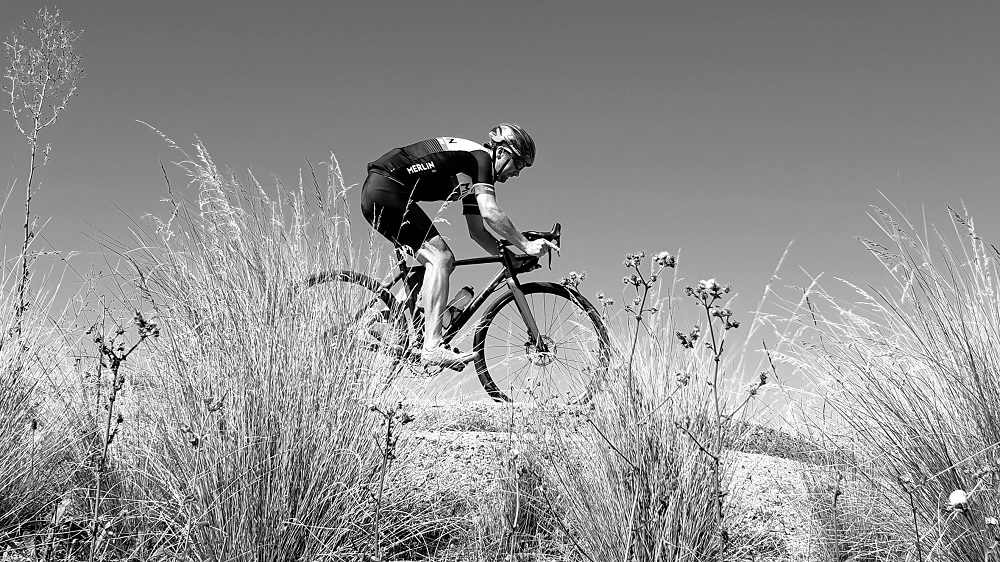
Mechanical Sympathy
This is free and easy to do. The term mechanical sympathy was coined by racing driver, Jackie Stewart. It is all about knowing how your machine (car or bike) works and using it with respect, even backing-off a little to ‘nurse it around’ if needed. So, if you are not in a rush, ease off the pedals while you change gear and while we all know that doing skids is the best fun ever, we also know deep-down, that tyre rubber needs to stay on the tyres to help grip and stop the air from getting out…
Well Adjusted
Part of the reason bikes are ace, is that there is a lot of adjustability built in. They are also relatively easy to maintain. As drive train parts get worn, you might start to hear a clicking noise as gears get slightly out of adjustment. This clicking noise is annoying, but the metal-on-metal clicking is also speading up the wearing process on the chain and cassette. Keep transmission well adjusted, clean and lubricated to get the maximum mileage from the cassette and chain.
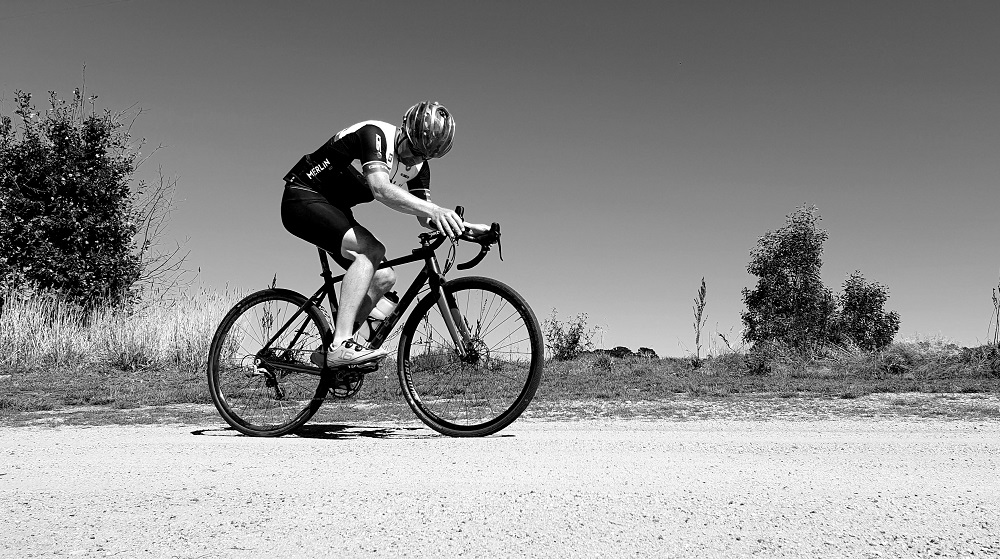
Tyres
As tyre rubber wears thinner, punctures occur more often, more cuts appear and tyres lack grip. Reduce tyre wear by always running tyres at recommended pressures and avoid accidental damage from sharp stuff on the trails or pot- holes on the road. Thinner race tyres tend to wear out quicker than heavier-duty, puncture-resistant training tyres – do you need to be riding race tyres for all rides? Tyres are not all made equal and some tyres tend to last longer than others. Check out Merlin’s range of road tyres here, MTB tyres here.
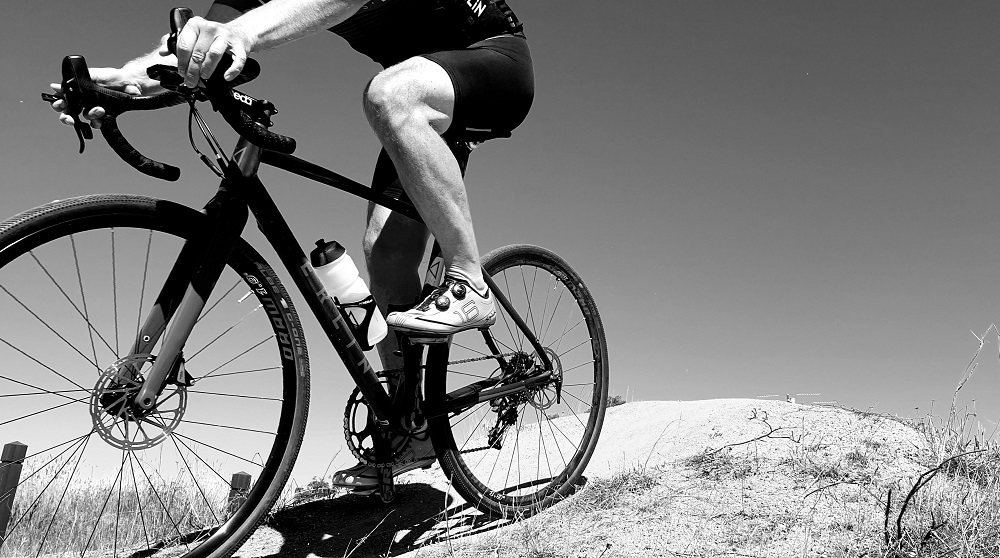
Brake Blocks / Pads
Brake blocks and pads wear out depending on how hilly their usual terrain is and the weather conditions in which they are used. Keeping blocks / pads clean and free of flint, stone, grit etc is essential to prolong the life of rims (and rotors on disc bikes). Blocks and pads should be replaced well before the metal holders get anywhere near the rim / rotor. Many brake blocks have a wear line indicator, which should be checked. Disc pads come in either organic or sintered read about the differences here.
Cassette & Chain
Constant wearing contact means that cassettes and chains gets worn. Keeping the chain and cassette clean and lubricated can dramatically improve their lifespan. Using a chain checker tool and changing chains when the wear gets to between 0.75% and 1.0% (on a Park tool) should result in two chains lasting one cassette. Replacing the chain at the right time should ensure the chainrings should also last well. When worn chains get over 1.0% they can start to jump sprockets. A worn chain can also start to wear the chainring teeth into a sharks tooth profile. Learn how to replace a cassette here. Keep it Clean! Regularly use degreaser on your chain, cassette and chainrings before applying fresh lubrication.

Cables
Brake and gear cables eventually stretch and gain friction. Regular day-to-day use and the powerful springs in the brake calipers and gears constantly pull the cables and can take their toll. Stretched gear cables make correctly setting up gear shifting very tricky. Reduce gear cable stretch by always leaving your bike on the smallest gear on the cassette and the small front chainring when not in use. As well as reducing cable stretch, this extends the life of the front and rear gear springs too. Check out Merlin’s replacement cables here. Cables gain friction when dirt, rain and gunk gets in between the inner and outer cable and when cable lubrication becomes ineffective.
Bottom Bracket
Bearings in bottom brackets spin smoothly under load and eventually they wear out. When play can be felt through the cranks and cannot be adjusted out with the pre load adjuster, it is time to replace your bottom bracket. Bottom brackets often give an audible sign that they are in need of replacement with an annoying clicking or creaking sound. When fitting or adjusting a bottom bracket, use the preload adjuster to take out any play in the cranks. Tightening the pre-load adjuster until it’s extremely tight will drastically reduce the life span of your new bottom bracket.
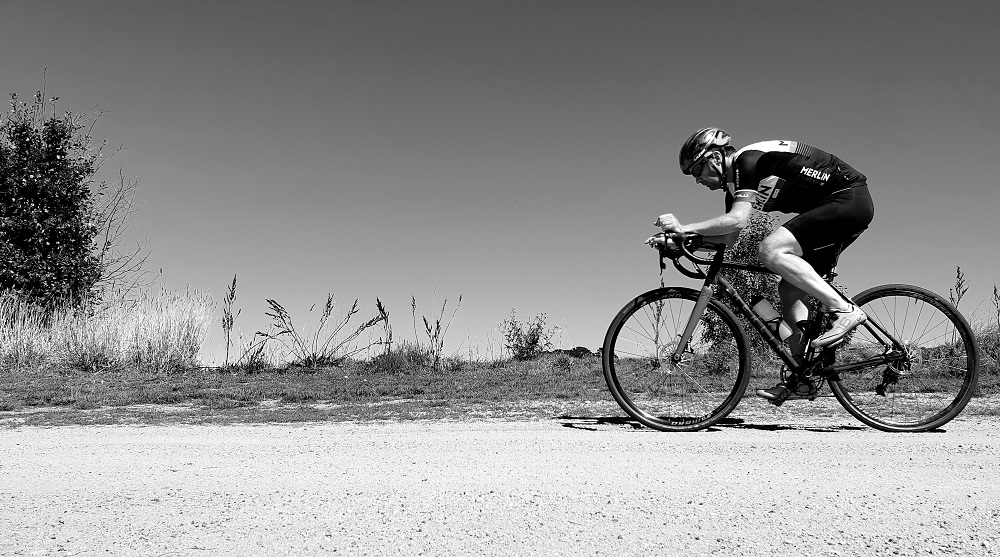
Headset
Bearings & cups or cartridge bearings get worn. They either feel gritty or loose as they near the end of their life. Keeping the headset well lubricated (and well-adjusted – using the top cap adjuster) will maximise its life. However headsets do eventually need to be replaced.
Pedals
Three things get worn on most clipless pedal systems; bearings, springs and cleats. Bearings can be adjusted as they get worn to stop play developing between the axle and the pedal body. As pedal springs get worn, the tension adjuster bolts can be used to increase tension and extend pedal life. Cleats get worn down through rubbing against the pedal while riding and through walking.
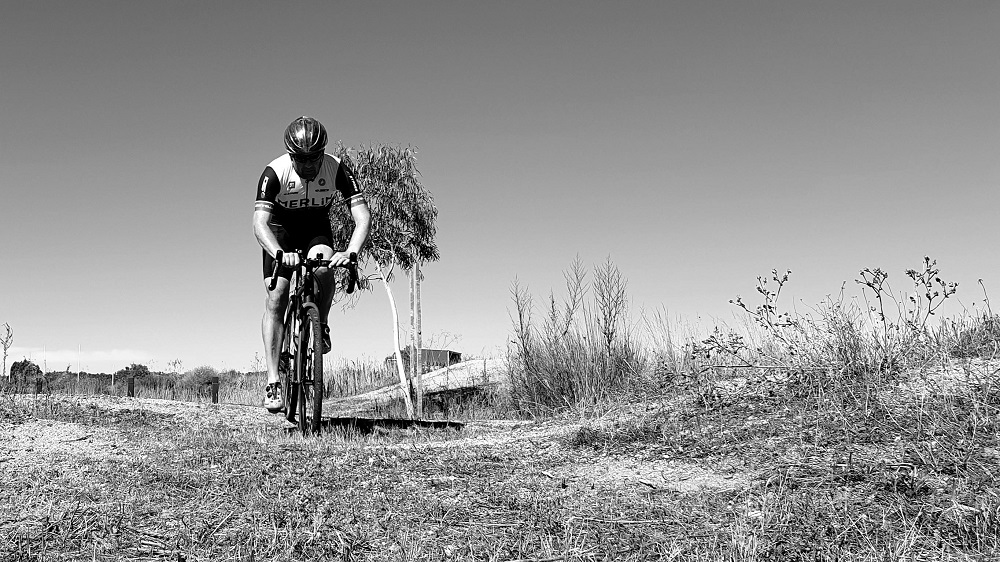
Suspension & Bushings
MTB suspension needs a bit of regular TLC to keep performing as it should. To keep the lubricating oil or air in, and dirt out, suspension forks and rear shocks rely upon seals. Seals eventually get worn, the oil also needs replacing regularly and internals cleaned to ensure a long life for the suspension unit / fork. Check out Merlin’s replacement forks here. Pivots for rear suspension get worn too and bushings need replacing when there is noticeable play between the swing arm and the frame, check out our range of Profin bushings here.
Get Cleaning
Keep your bike clean and lubricated after all, it keeps you fit, carries you up hill and down dale and even cheers you up. It deserves to be well looked after. Learning how to do minor bike mechanic jobs, such as cassette & chain replacement (see our guide) or replacing / updating components will save you money.
